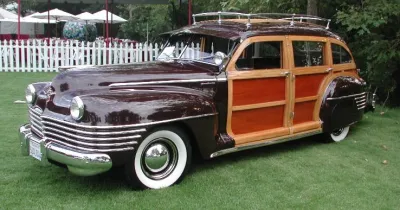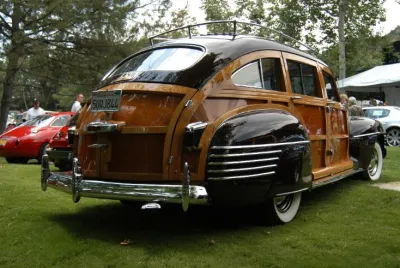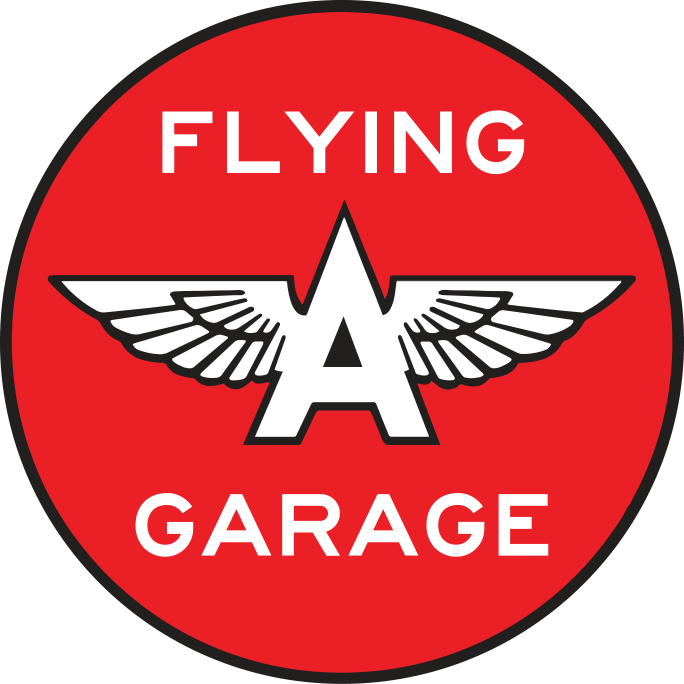

The Town and Country was introduced by the Chrysler Corporation in 1941, as a highly styled "station wagon", designed to attract the wealthy. This first incarnation featured "barrel back", or "clam shell" rear doors, opening to a storage area behind the rear passenger seats. The rearmost seats could be stowed in a forward position, to enlarge the storage area, or in a rear position, to enhance passenger leg room. Two models were offered, a 6-passenger and a 9-passenger. The larger car had limo type folding seats, located between the standard front and rear seats.
The 1942 model was a striking re-styling of the original car. The entire front was wrapped in stainless steel bars that ran from wheel opening to wheel opening, across the entire grille. This theme was carried to the rear fenders, for quite a stylish "art deco" treatment. Production was shortened by the war. Chrysler manufactured 996 and 999 units in 1941 and 1942 respectively. According to the Town & Country Register only 15, 1942 Barrel Back Station Wagons exist today.
When the Dodge Brothers introduced the first high production car with an all-steel body in 1914, it started a trend away from the use of wood in automobiles. This would be pretty well complete in North America by the end of the 1930s. The advent of presses that could produce large and intricate steel stampings made steel the preferred material for car bodies. Wood still had glamour, however, and although more expensive to fabricate, and prone to squeaking and rotting, it continued to be being used in station wagons. Also, in addition to wagons, decorative wood found limited use in car bodies in the 1940s, notably by Chrysler, Ford and Nash. The most glamorous of these wood-clad cruisers was the Chrysler Town and Country.When Chrysler decided to enter the station wagon business in 1941 it did so with a flourish, introducing an attractive six- or nine-passenger wood-trimmed wagon called the Town and Country. Rather than the usual commercial looking box-like wagon, it had a rounded rear end with double, side-hinged "clamshell" cargo doors.
